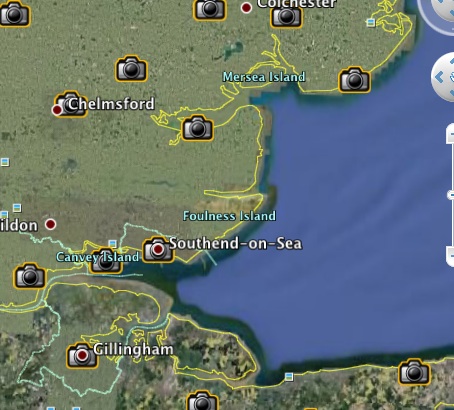There’s an interesting article in the (open access) journal Neuron which summarises a lot of research on the cognitive and neurophysiological impact of computers on kids. The abstract is here. Christopher Mims has done a useful summary of the main points:
* Video game consoles are going to make your kids stupider in the following way: owning one will significantly reduce reading and writing skills — “more than one-half of a standard deviation in the case of writing,” says the paper. (source) This is not just a correlation: it has been established (in at least this one study) causatively.
* “Action” video games can produce better surgeons (source) and pilots (source). They also enhance top-down control of attention, allow players to choose among different options more rapidly (source), increase short-term visual memory (source) and increase flexibility in task-switching. NASA has even considered using them to treat attentional problems in children.
* Television is a model for what we can expect from games designed both for entertainment and education. Multiples studies have shown that Sesame Street increases language and numerical ability in children, while Teletubbies actually decreases language ability in very young children. Likewise, the “Baby Einstein” products were also shown to make children less capable. After controlling for other factors, amount of television exposure as a young child does not generally correlate (in either direction) with later abilities – unless it’s trading off with other critical activities (like opportunities to absorb language through normal socialization).
* Many educational games have no positive effect on learning when used in an education context, but a handful have been proven to work – especially in the area of mathematical education.

